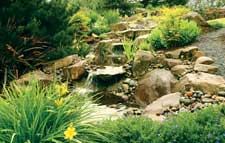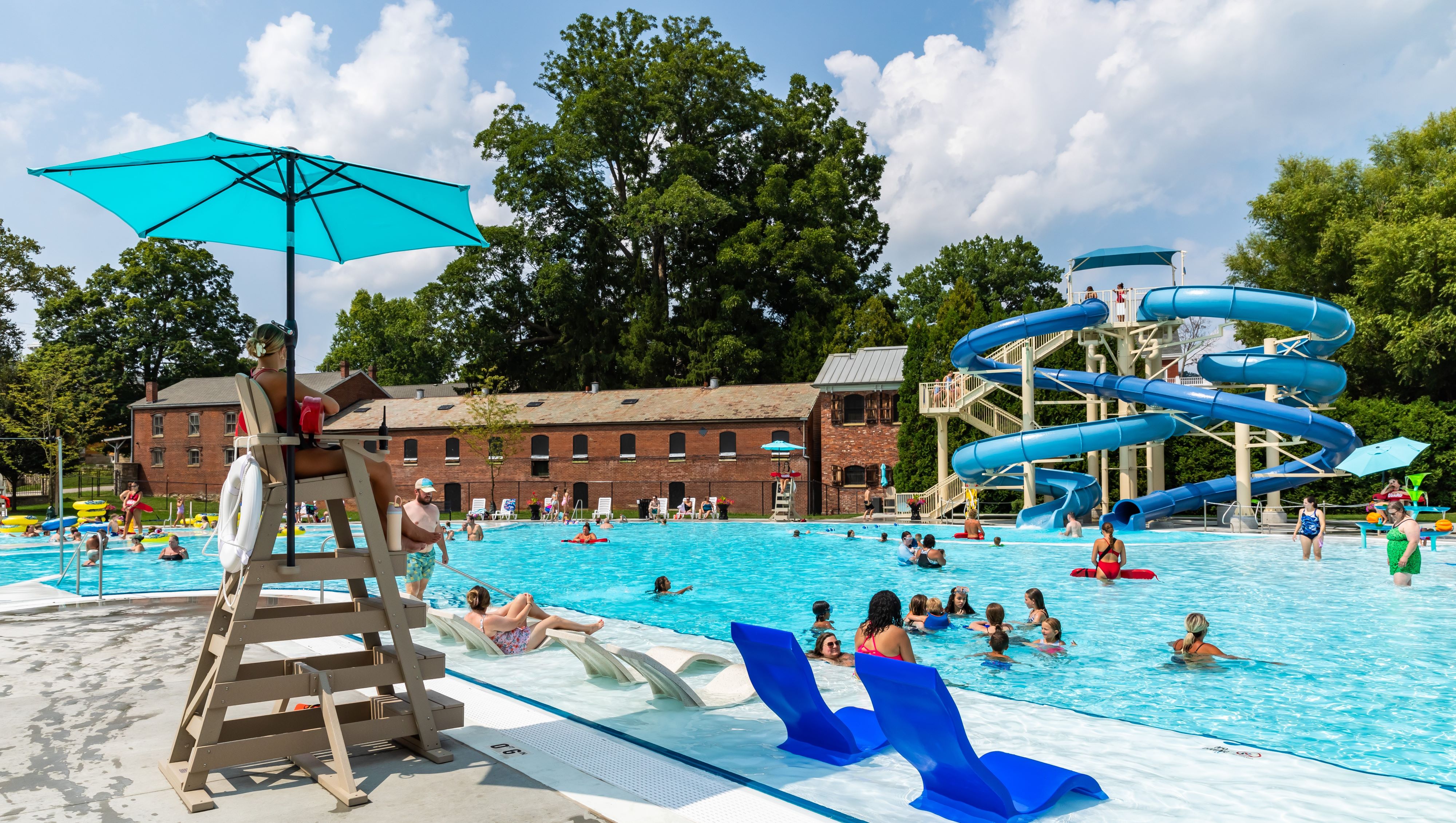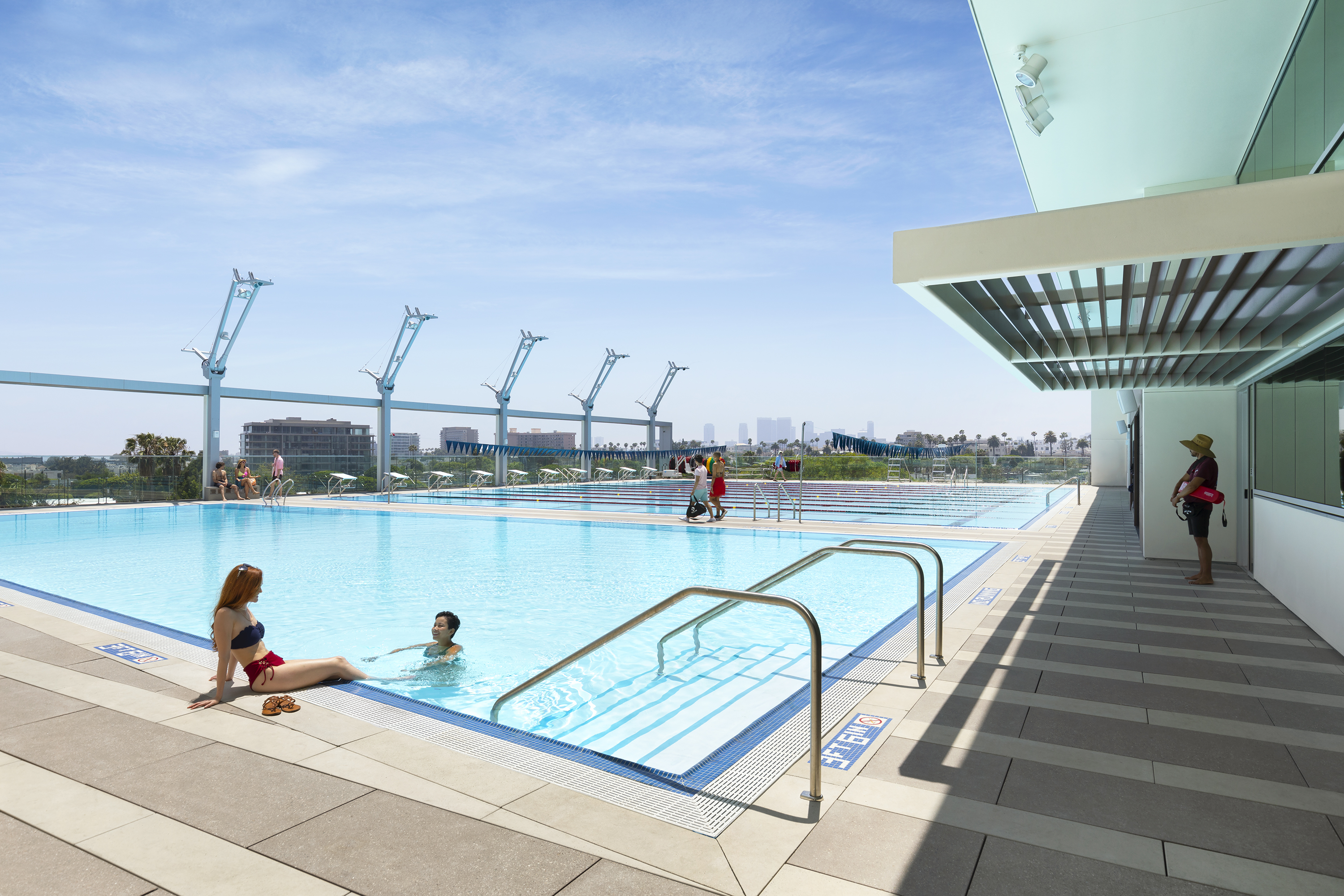THE CANVAS: Fire and ice, blackberries and brambles, the towering pines of the Pacific Northwest
THE PALETTE: Glassy trout pools, a silky 130-foot stream, mossy stones
THE MASTERPIECE: Riparian wonderland of wood textures
Located in the urban port city of Tacoma, Wash., this property enjoys spectacular views of Mount Rainier. The active 14,000-foot volcano is capped with some of the largest glaciers in the United States south of Alaska.
With such a majestic backdrop, Jim Malone tried to create a private forest in this homeowner’s backyard. Though the waterfeature was intended to mimic nature, the hand of the designer is noticeable in the project’s special touches.
“With my waterfeatures, I like to draw a basic design on a piece of paper in the field for the homeowner,” says Malone, owner/ president of Malone’s Landscape & Nursery. “But we sort of create them as we go.”
The project presented a few difficulties, but Malone let the design unfold from the canvas of the landscape, which provided a significant amount of natural resources.
Going with the flow
The site for the project was covered mostly in blackberries and brambles. Because the brush was so thick, Malone’s crew almost went at it blind. “We weren’t sure what we were going to find until we cleared out the yard,” he says. “We had to approach it in stages. First, we cleared the brush and then we mapped out our elevations and the layout.”
Malone designed a 130-foot stream that carves its way down a 45-foot slope. It’s broken up by five waterfalls, which eventually spill into one of the project’s more unique features: pools of trout. “The client wanted a few destination spots, such as the trout pools, in which to hang out and relax,” Malone says.
A living monument
The waterfeature is composed primarily of 300 tons of high cascade granite indigenous to Washington. Another 30 tons of cobblestone and river rock were used in the stream and as ground cover.
Tall grass known as miscanthus and gulfstream nandina, a member of the bamboo family with fernlike leaves, add texture to the scenery. Meanwhile, reddish barberry and yellow binca minor contribute splashes of color.
The plants hold their color year ’round. “We didn’t plant as heavily as we wanted to originally because some of it would grow in over time and fill in the landscape,” Malone says. “We also tried to use some native materials around the pond.”
He continued the national park theme with cedars, conifers and birches indicative of the region. The cedar stair railing was chosen to tie in with the trees.



